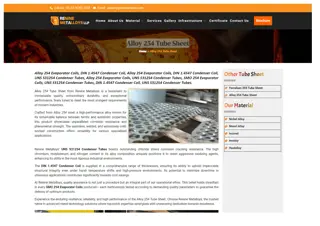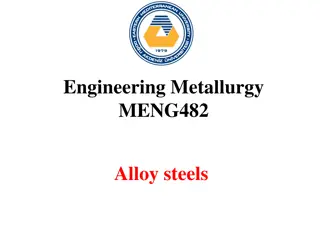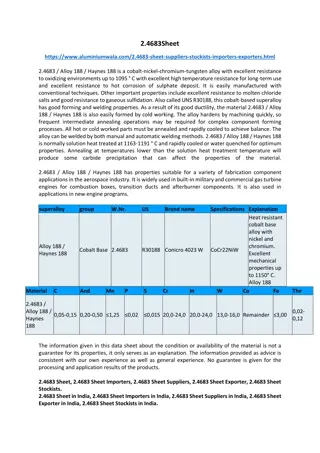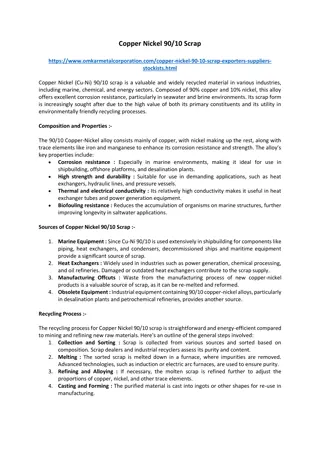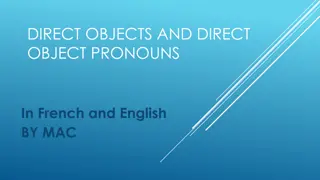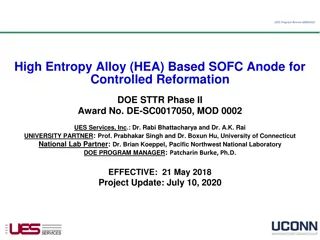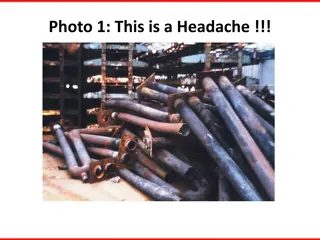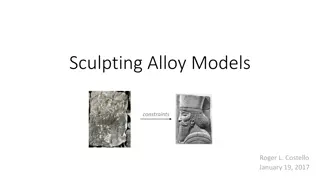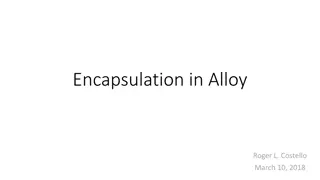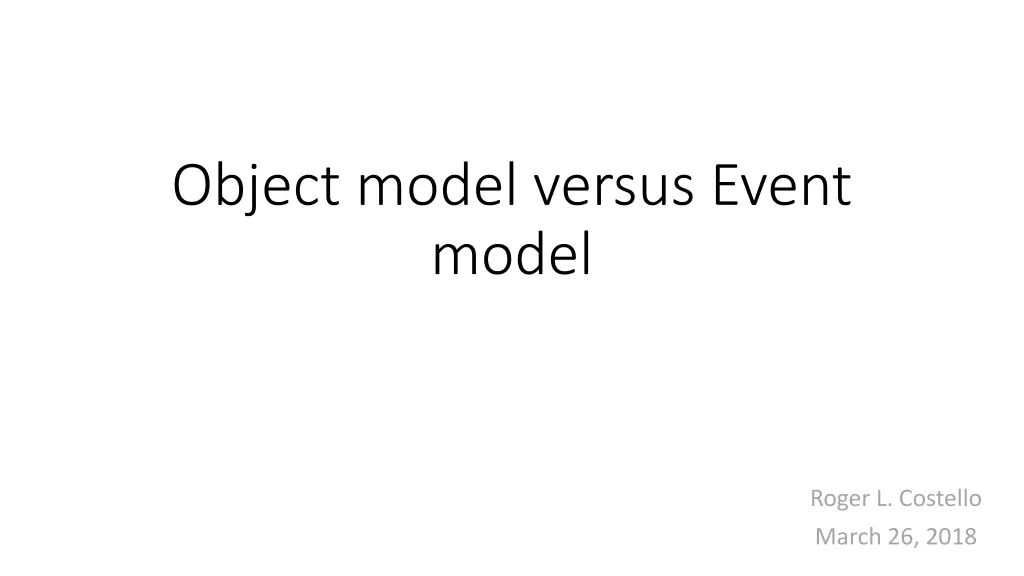
Understanding Operations in Object Modeling: A Visual Guide
Explore the visual representation of object modeling operations, including init, cut, paste, and more. Learn how to interpret instances through Alloy visualizer and signatures. Discover how each operation affects the desktop model. Unveil the key to seeing operations in boxes for better comprehension.
Download Presentation

Please find below an Image/Link to download the presentation.
The content on the website is provided AS IS for your information and personal use only. It may not be sold, licensed, or shared on other websites without obtaining consent from the author. If you encounter any issues during the download, it is possible that the publisher has removed the file from their server.
You are allowed to download the files provided on this website for personal or commercial use, subject to the condition that they are used lawfully. All files are the property of their respective owners.
The content on the website is provided AS IS for your information and personal use only. It may not be sold, licensed, or shared on other websites without obtaining consent from the author.
E N D
Presentation Transcript
Object model versus Event model Roger L. Costello March 26, 2018
Remember the desktop model Desktop0 Desktop2 Desktop1 init cut paste icon1 icon3 icon2 icon3 icon3 paste Desktop3 Desktop4 cut icon0 icon1 icon1 icon3 icon3
init, cut, and paste are operations Desktop0 Desktop2 Desktop1 init cut paste icon1 icon3 icon2 icon3 icon3 paste Desktop3 Desktop4 cut icon0 icon1 icon1 icon3 icon3
I reimplemented the model, using pred (instead of fact):
Heres an instance, displayed with the Alloy visualizer (VIZ):
Where are the operations? What operation occurred between Desktop i and Desktop i+1? The absence of a visual display of the operations makes it difficult to understand instances.
Only signatures are displayed (as boxes), with lines for the fields (relations).
For Desktop0 the init operation was performed, Icon3 was placed on the desktop
For Desktop1 the cut operation was performed, Icon3 was removed from the desktop
For Desktop2 the paste operation was performed, Icon2 was added to the desktop
How to see the operations? The previous slides showed the operations in boxes. How was that accomplished? Answer: I converted the operations to signatures.
Event-based model: Event init cut paste
Object Model Event Model
Object Model Event Model Turn predicate into signature. Turn parameters into fields.
The set of Desktop members are ordered: Desktop0, Desktop1, etc. There is one member in the set named init. There is a relation, icons, which maps init to a set of Icon. There is a second relation, desktop, which maps icon to a Desktop. The first desktop, Desktop0, is the desktop in init. The icons in the first desktop are the icons in init.icons The reserved symbol @ says don t implicitly expand icons This is implicitly expanded to init.icons







